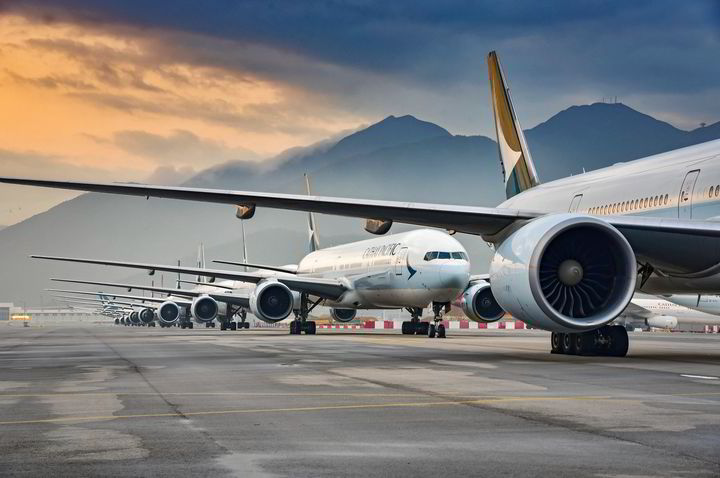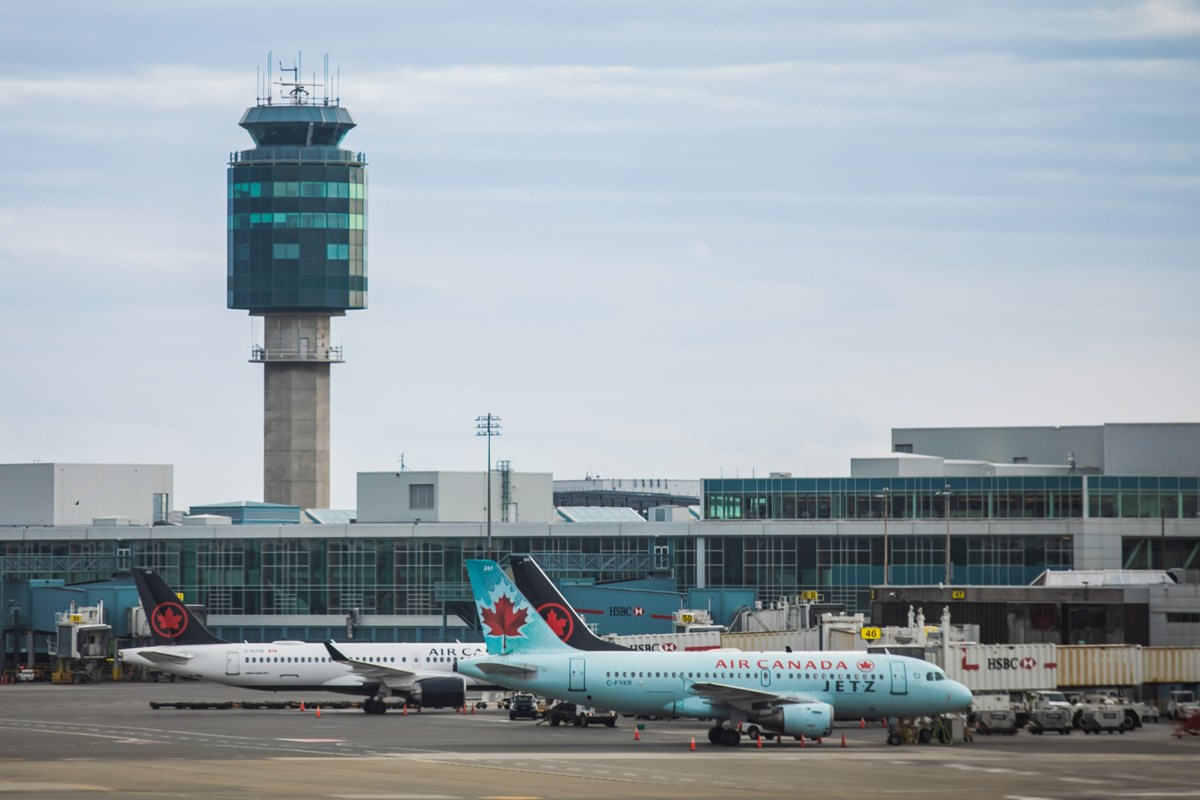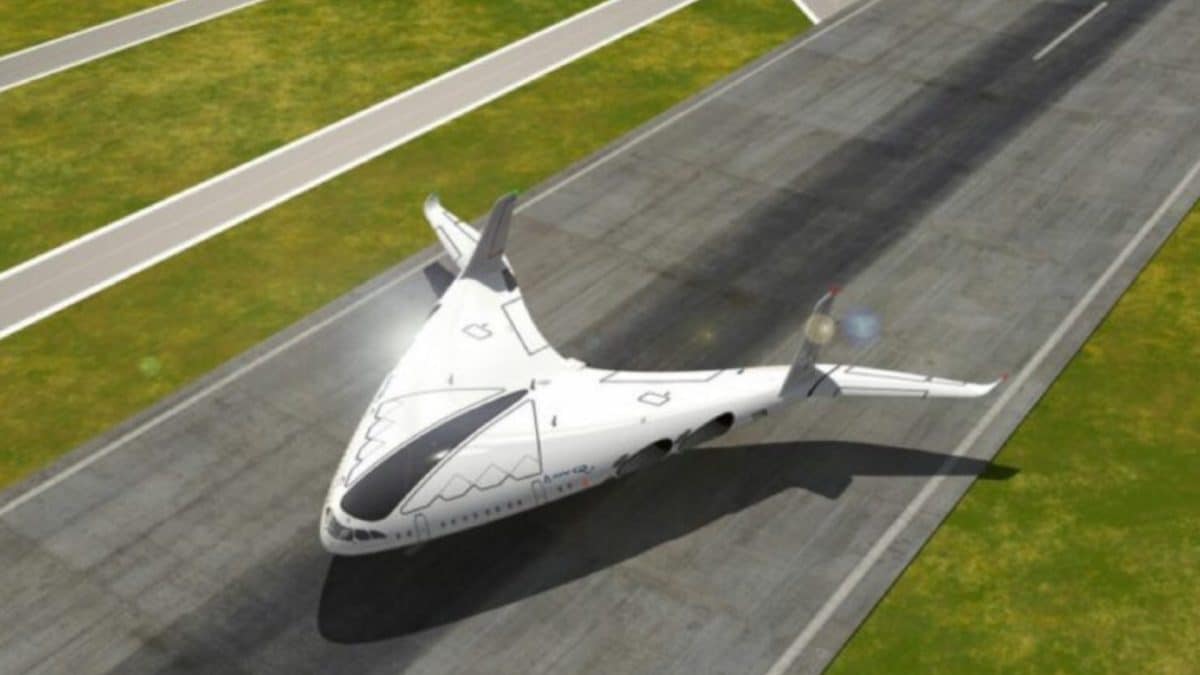
Generous cost estimates put e-kerosene at double or triple the price of conventional jet fuel by 2030, but a 10% blend might only increase overall flight costs by 5%.
Aviation is widely considered one of the hardest-to-abate sectors, with zero-emission propulsion systems decades away from reaching the market.
This is why e-kerosene made using green hydrogen and captured CO2 — which is almost chemically identical to conventional jet fuel and can be used in existing engines — is being out forward as a possible carbon-neutral alternative, in addition to sustainable aviation fuel (SAF) made from biomass.
But given the current high cost of renewable H2, how much extra would airlines have to pay for these fuels — and what costs would be passed on to end-customers?
The International Energy Agency, in its recent report entitled The Role of E-fuels in Decarbonising Transport, calculates that even an optimised, large-scale plant drawing on the best renewable resource and lowest-cost biogenic CO2 feedstock would currently produce e-kerosene at a cost of $80 per gigajoule of energy content, or $3,500 per tonne.
This is between four and five times the price of conventional jet fuel today, which ranges from $750-1,000 per tonne.
The IEA anticipates that reducing the cost of electrolysers by 60% and renewable electricity by 25% could further reduce the cost of e-kerosene production down to $50 per gigajoule, or $2,150 per tonne, by 2030.
However, even this low cost of production, e-kerosene would still be two to three times more expensive than conventional jet fuel, although the IEA notes that “it would start to be able to compete with current biomass-based SAF prices”, which range from $1,500-3,000 per tonne.
However, the IEA anticipates that blending in 10% e-fuels by 2030 might have a more muted impact than these sky-high prices might suggest.
The agency calculates that assuming fossil jet fuel costs $20 per gigajoule, a 10% e-kerosene blend would only increase the aviation industry’s fuel bill by 15%, although this would still total an extra $75bn.
Since fuel accounts for 25-30% of total flight costs, the IEA estimates that ticket prices would only have to go up 5% if the increased costs were passed on equally to all customers.
“Recent experiences suggest that consumer demand for air travel is resilient to higher prices,” the study notes, citing reports that demand for jet fuel only goes down 0.02-0.03% per 1% increase in fuel price in developed OECD countries, and 0.04-0.05% in emerging markets.
Some of this effect is because airlines absorb fluctuating fuel prices by hedging in the derivatives market, which “dampens the impact of oil price volatility on their profit and loss statements” — although it is unclear whether a similar strategy can be taken to reduce renewable hydrogen-based fuel costs.
Aviation is widely considered one of the hardest-to-abate sectors, with zero-emission propulsion systems decades away from reaching the market.
This is why e-kerosene made using green hydrogen and captured CO2 — which is almost chemically identical to conventional jet fuel and can be used in existing engines — is being out forward as a possible carbon-neutral alternative, in addition to sustainable aviation fuel (SAF) made from biomass.
But given the current high cost of renewable H2, how much extra would airlines have to pay for these fuels — and what costs would be passed on to end-customers?
The International Energy Agency, in its recent report entitled The Role of E-fuels in Decarbonising Transport, calculates that even an optimised, large-scale plant drawing on the best renewable resource and lowest-cost biogenic CO2 feedstock would currently produce e-kerosene at a cost of $80 per gigajoule of energy content, or $3,500 per tonne.
This is between four and five times the price of conventional jet fuel today, which ranges from $750-1,000 per tonne.
The IEA anticipates that reducing the cost of electrolysers by 60% and renewable electricity by 25% could further reduce the cost of e-kerosene production down to $50 per gigajoule, or $2,150 per tonne, by 2030.
However, even this low cost of production, e-kerosene would still be two to three times more expensive than conventional jet fuel, although the IEA notes that “it would start to be able to compete with current biomass-based SAF prices”, which range from $1,500-3,000 per tonne.
However, the IEA anticipates that blending in 10% e-fuels by 2030 might have a more muted impact than these sky-high prices might suggest.
The agency calculates that assuming fossil jet fuel costs $20 per gigajoule, a 10% e-kerosene blend would only increase the aviation industry’s fuel bill by 15%, although this would still total an extra $75bn.
Since fuel accounts for 25-30% of total flight costs, the IEA estimates that ticket prices would only have to go up 5% if the increased costs were passed on equally to all customers.
“Recent experiences suggest that consumer demand for air travel is resilient to higher prices,” the study notes, citing reports that demand for jet fuel only goes down 0.02-0.03% per 1% increase in fuel price in developed OECD countries, and 0.04-0.05% in emerging markets.
Some of this effect is because airlines absorb fluctuating fuel prices by hedging in the derivatives market, which “dampens the impact of oil price volatility on their profit and loss statements” — although it is unclear whether a similar strategy can be taken to reduce renewable hydrogen-based fuel costs.












